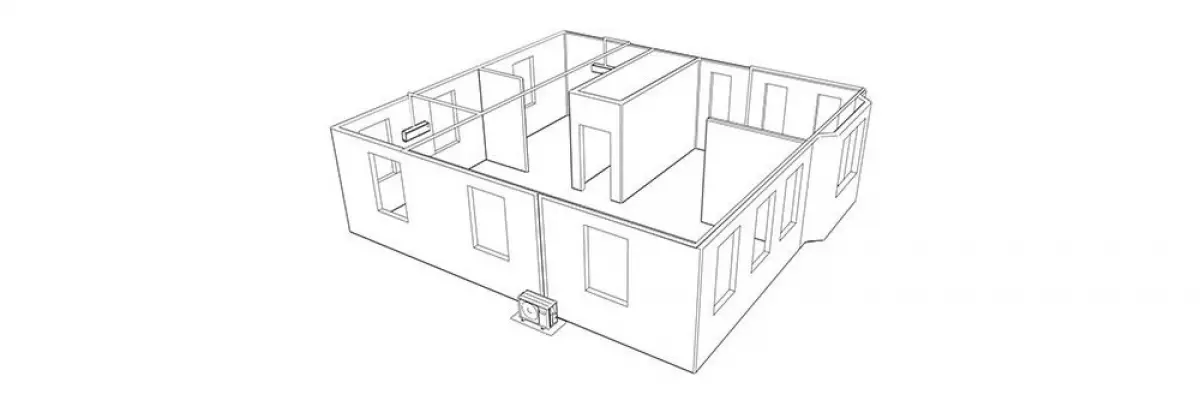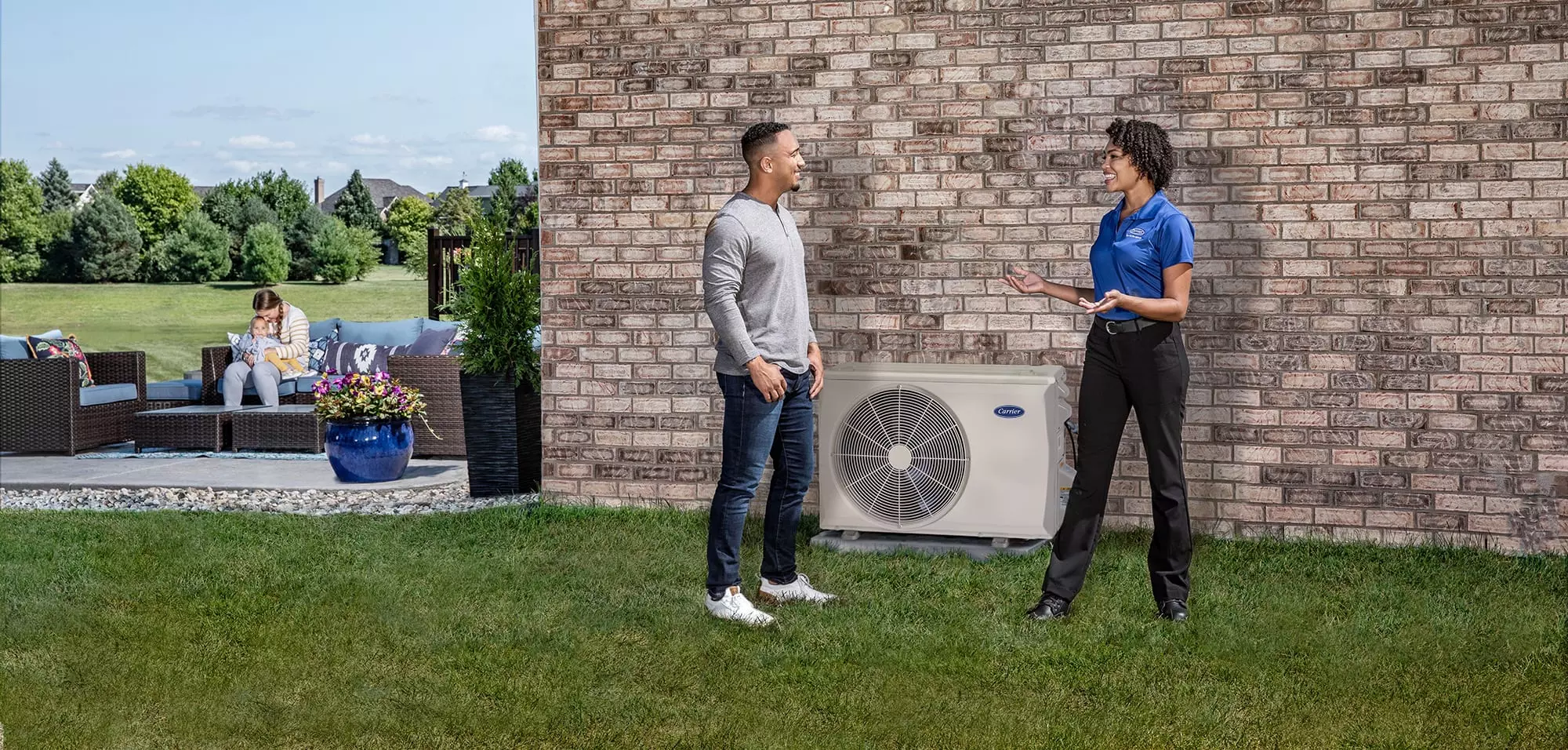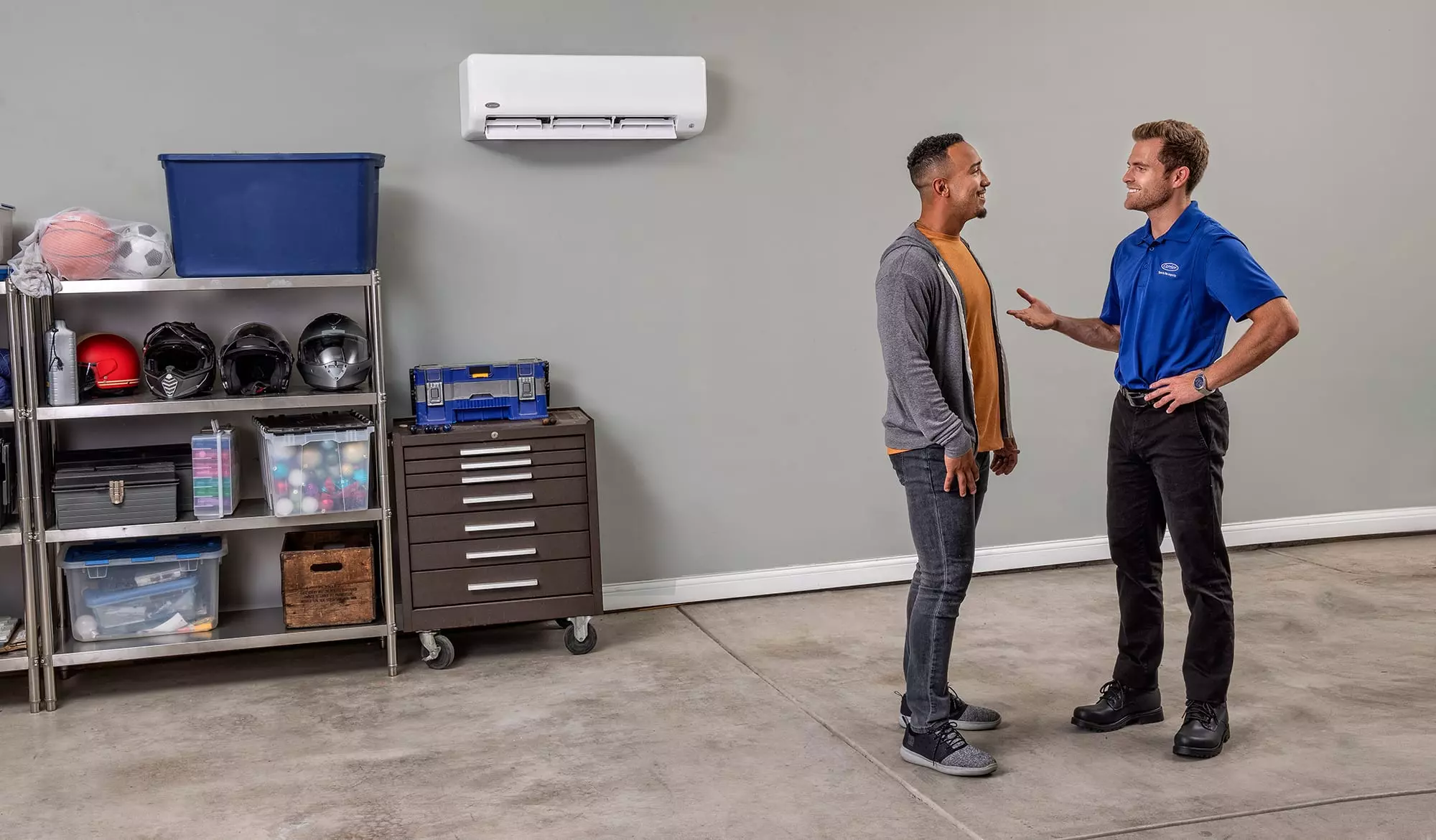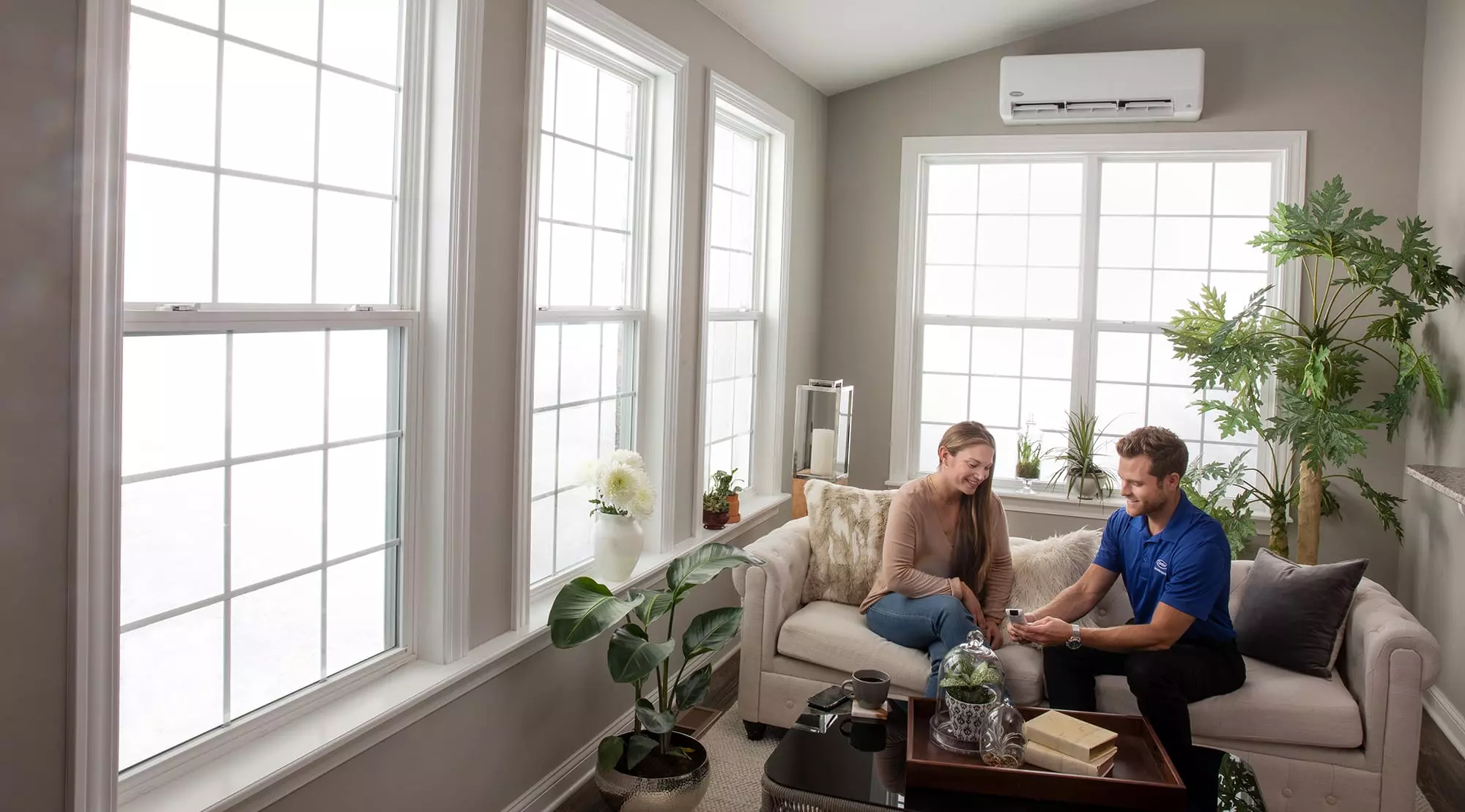
A ductless mini split heat pump or air conditioner can be a great choice for heating and cooling your home. Whether you're looking to add comfort to a converted space or supplement a ducted system, mini split installation comes with many considerations. In this article, we'll explore the different options available for your mini split install.
Can You Install a Mini Split Yourself?
While you might be tempted to tackle a DIY mini split installation, it's recommended to leave this work to a professional. A ductless air conditioning system consists of at least one outdoor unit and an indoor unit connected by refrigerant pipe and electric cable. Proper installation ensures quick and minimally disruptive work, providing you an easy and flexible way to heat and cool your home.
For example, indoor units for a ductless system come in various options such as wall mount, ceiling mount, in-ceiling, and floor mount. Each indoor unit needs to be securely installed, often with a specially designed mounting bracket. An improperly installed condensate line on the indoor unit can also cause leaks.

Another common misconception about ductless systems is that the indoor unit needs to be mounted on an exterior wall for venting purposes. However, this is not the case. Heat energy from indoor air is absorbed into the refrigerant and released outside through the outdoor condensing unit.
Installing and connecting the refrigerant lines and charging the system to the correct pressures are critical to ensuring effective and efficient performance. For these reasons and many more, hiring a professional is the best way to ensure the comfort and safety of you and your loved ones.
6 Benefits of Professional Mini Split Installation
While the absence of ductwork might make mini split installation seem like a great DIY project, there are several reasons why you should contact a professional for your ductless AC or heat pump installation:
- Protect your investment: Ductless mini split air conditioners and heat pumps are not cheap, and professional installation ensures the protection of your investment.
- Easy and painless process: Professionals can foresee issues and are better equipped to handle unexpected circumstances that may arise during the installation.
- Avoid the risk of damaging your system: Amateur installers may make mistakes in sizing the system, charging the system, or not allowing enough clearance around the units, potentially damaging your system.
- Reduce the risk of electric shock: Ductless installation involves running electrical wiring, and professional installers have the necessary training and experience to ensure safe and proper installation.
- Optimize energy efficiency: Professional installers can advise on the best locations for indoor and outdoor units, minimizing energy consumption and ensuring efficient operation.
- Expert advice: Professionals will assist in determining the correct number of units and zones for your specific home, providing expert advice tailored to your needs.

Ductless Mini Split AC Installation FAQs
Even when hiring a professional, you may have questions about ductless mini split AC installation. Here are some common questions and their answers:

How Far Can a Mini Split Be From the Condenser?
The distance between the indoor unit and the outdoor compressor can vary based on the manufacturer's specifications. Some units allow longer lineset lengths of up to 328 feet, providing flexibility of placement.
What Kind of Wire Do I Need for a Mini Split?
Many ductless mini split systems require a 14 AWG, 4-conductor stranded cable that delivers power to the system and carries information between the indoor and outdoor units. Local codes often require the cable to run through conduit.
What Size Breaker Do I Need for a Mini Split?
Smaller units may only require 110 volts, but many ductless mini split systems require 220 or higher voltage on its own breaker.
How much clearance do I need for a mini split outdoor unit?
Manufacturer recommendations may vary, but outdoor units require clearance for air to flow through the condenser coil and allow for the necessary heat transfer.
How Much Does Professional Mini Split Installation Cost?
The average labor cost to install a mini split can range from $500 to $2,000, depending on factors such as installation complexity and the number of units. Larger and more complex installations may cost up to $5,000. It's important to consult with a local Carrier expert to get a precise quote tailored to your specific needs.
Do You Have To Cut A Hole In The Wall For A Mini Split?
In most cases, a small hole needs to be cut in the wall to install a mini split system. The indoor unit is typically mounted on the wall and connected to the outdoor unit through a small conduit that runs through the hole. The size of the hole will depend on the size of the conduit.
Remember to always consult with a professional for your mini split installation to ensure the best results and peace of mind.

















